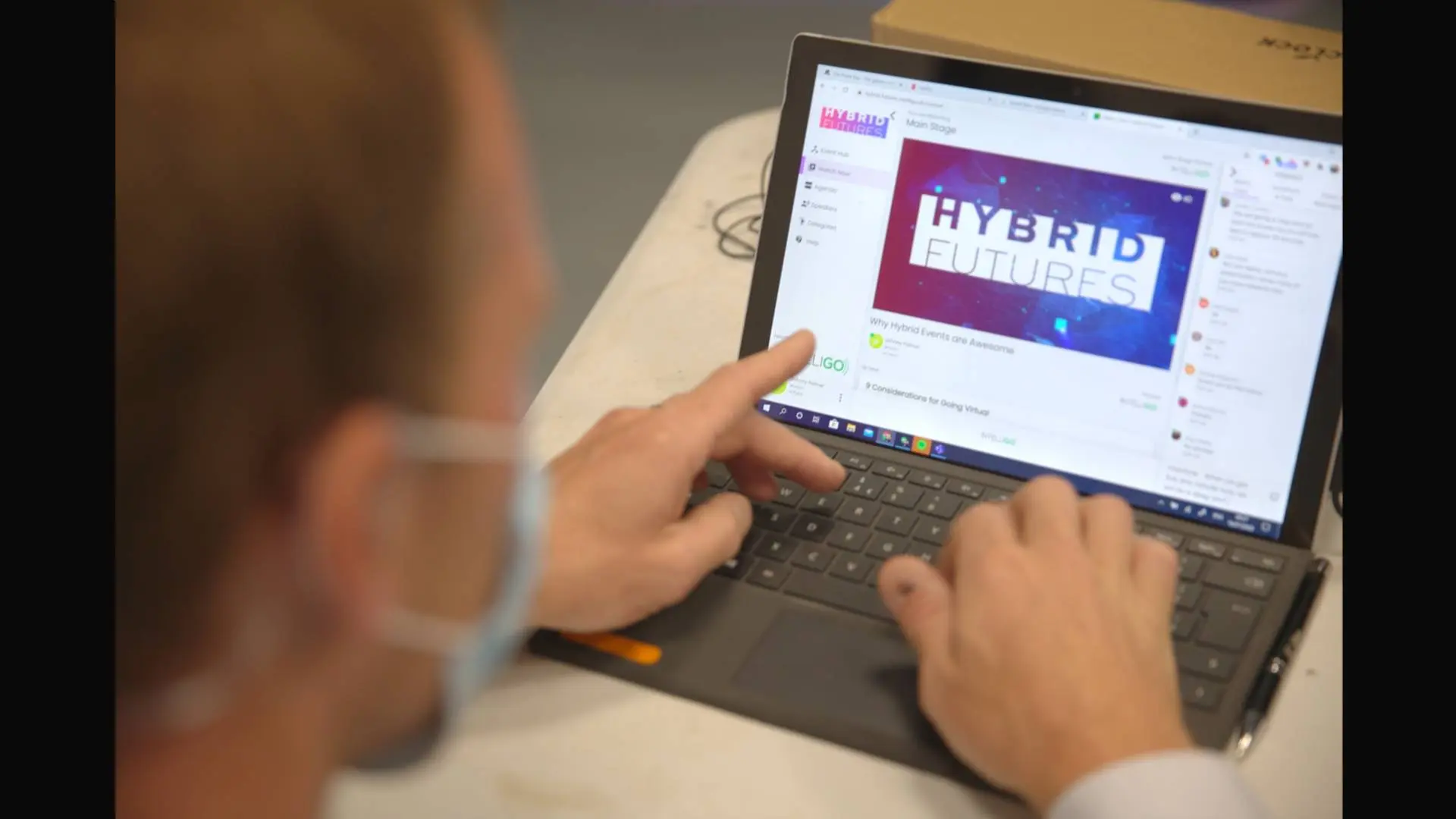
Tips and Tricks to Improve Your Home Recording
How to have better video calls.
It seems that the virtual meeting is here to stay, and we are all getting tired of dark, grainy, out of focus webcam shots of people’s foreheads and the wallpaper in their spare room. But don’t worry; PYTCH are here to help you get the most out of your home streaming and recording, so that you can stand head and shoulders above the rest and ensure your message is clear and high quality!
Webcam
To have better video calls the first port of call is your webcam. Chances are that unless your laptop is brand-new or very high-spec, your webcam is not all that great. We recommend investing in a high-quality USB webcam such as those made by Logitech. Look out for ‘full HD’ or ‘1080p’ resolution, ‘autofocus’ and ‘auto exposure’.
If you want to get the maximum quality, you can hook up a digital camera or DSLR as your webcam input using a ‘Capture card’. There are a number of capture card manufacturers, but we recommend those made by Blackmagicdesign or AJA.
Lighting
Even if your webcam is not the highest quality, you can vastly improve your image quality by getting some good lighting set up. First off, ensure there are no windows or lights directly behind you, as this will make you look incredibly dark by comparison. Next, find a light source (a desk lamp is good, but a key light is better) and have it shine directly at you. Ideally, the light would be placed behind the camera, but if you find this too distracting, slightly off to one side or above is fine.
Sound
Much like with the webcam, the chance is that your built-in computer microphone is not very good. It will pick up room sounds a lot, and you will sound echo-y and distant. The ideal solution is a USB desktop microphone; however if your budget doesn’t stretch to that, try to find a pair of wired headphones with a mic, such as those that often come in the box with your mobile phone. For better video calls Bluetooth headphones are not recommended, as quality varies a lot, and they can sometimes suffer from a delay (where the microphone takes a perceivable amount of time to transmit the sound) or ‘gate’ issues (where the mic doesn’t pick up the first few syllables of every sentence).
Backdrop
Always consider your backdrop. Ideally, something with some depth is recommended (so don’t sit or stand right up against a wall), and make sure your backdrop is a little bit darker than you. But not too dark or you may look a bit ghostly! If you want to use a green screen then great, however, don’t feel obliged. Usually, a nice bookcase or your living room is fine as a backdrop, and can sometimes look better than an unrealistic green screen scenario!
Software
If you are a technically literate person who wants to add more to their home recording setup, consider using some third-party software. OBS is our preferred home broadcast and recording tool. It allows you to create picture-in-picture displays, overlay logos, and make use of green-screen backdrops. It also acts as a ‘virtual webcam’, so you can output a live video feed straight into your preferred video-calling platforms such as Zoom or Teams. Camtasia is another similar product, however, it does have a licence fee. If you’d like some coaching on how to use OBS, just let us know and we’d be happy to help!
If all of this seems like too much, PYTCH can support you. We have ‘Zytch kits’ of broadcast solutions that we can post to you, or we can even arrange for a filming day in your home, office, or one of our studios! (Social distancing compliant of course).







